Scales are tools used to judge weight or calculate mass. They are not to be confused with musical scales (minor scale, major scale, chromatic scale, pentatonic scale, etc.). They are also not to be confused with sizing scales like inch scales, price scales, or universal scales. Inch scales mark rulers. Read More…
Load Cell Central is a leading manufacturer of load cells and industrial weighing equipment. We specialize in standard and custom load cells and digital indicators, floor scales and platform scales. Choose from thousands of types and models. We offer load cell repair to help in the reduction of costs.

Top quality industrial weighing equipment for 180 years. Call or click today to find a dependable Fairbanks rep near you. Always setting new standards in scale design, try our Weigh in Motion systems – high speed package scales & slow speed to highway speed robust WIM Scales & PC Mobile Weighing Systems. See the extensive list of ALL our product types, meeting the special needs of each customer.
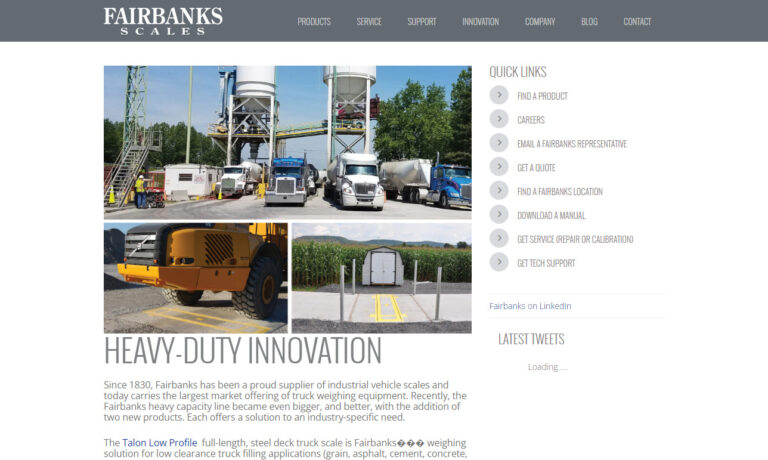
Walz Scale is a leading global supplier and service support provider of heavy-duty truck & rail scales, volumetric load scanners, dimensional and precision weighing systems for use in transportation, agriculture, chemical, laboratory, aggregate, manufacturing, waste, recycling and mining applications. For over 54 years, Walz Scale has been providing the highest level of weighing products and...
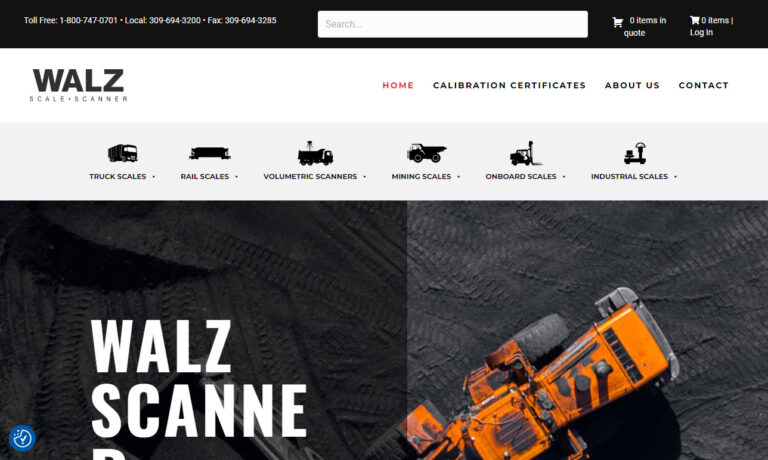
We have made it our goal to treat each and every customer like number one in order to keep them coming back to us for all of their industrial scale needs and also in hopes of turning first time customers into lifelong connections! Our skilled engineers will be able to assist you in find a product that will perfectly fit your needs. For more information on what we may be able to do for you visit...

Since 1929, Brechbuhler Scales has been a leader offering a wide variety of industrial scales such as balance scales, digital scales, truck scales, crane scales, floor scales, platform scales and more. We also provide rental scales from our large inventory and are ANSI 9002 registered.

More Scale Manufacturers
Scales are tools used to judge weight or calculate mass. They are not to be confused with musical scales (minor scale, major scale, chromatic scale, pentatonic scale, etc.). They are also not to be confused with sizing scales like inch scales, price scales, or universal scales. Inch scales mark rulers. Price scales are physical sizing scales plotted on charts used in future commodity trading. Meanwhile, universal scales are the sizing scales that engineers and architects use.
Applications
Price scales, inch scales, and universal scales serve different purposes in various contexts. Price scales are commonly used in commercial settings, displaying the price range or values of goods and services in retail stores or financial charts. They aid consumers in understanding the cost of products and help investors analyze asset prices and trends. Inch scales, on the other hand, are used for precise measurements in length. Commonly found in construction, engineering, and architecture, these scales are marked with inches and fractions, facilitating accurate measurements of physical objects. Universal scales, also known as engineer’s scales or triangular scales, are versatile tools used for measuring different units such as length, angles, and maps. These scales typically have multiple sets of graduations, allowing users to make conversions between units and handle diverse measurement tasks. Overall, each type of scale plays a crucial role in its respective field, simplifying measurements and improving understanding in various applications.
History
Scales have been in existence for thousands of years. The oldest variety of the scale is the balance scale, artifacts of which we have in the Indus River Valley (close to Pakistan) dating back from between 2400 BC and 1800 BC. They were important tools used by tradespeople, who calculated how much a good was worth by weighing it against a set of stones or polished cubes. Each stone represented a certain mass; when a scale became balanced, the tradesman would know that the goods equaled the mass of the stones.
By 1878 BC, but likely long before then, the Egyptians were similarly using balance scales to implement a system of gold mass measurement. The oldest archaeological evidence of scales we have found so far in China comes from sometime between the 3rd and 4th centuries BC. It was found in a tomb near Changsha, Hunan, along with masses of bronze that we assume they used for measurement. Early Chinese scales were of the balance variety.
From then until the Italian Renaissance, while some people did try to make new scale varieties, the most accurate remained balance scales. During said Renaissance, people such as Galileo and Da Vinci spent a lot of time studying measurement and the scale. A friend of Galileo, a man from Venice named Santorio Santorio, invented the first successful non-balance scale. His invention was a weighing chair, which, as its name implies, weighed anything anyone sat in it. To make the chair work, Santorio placed it on top of a large balance platform. He used it for many years to track his weight before and after meals.
Towards the end of the 17th century, tradespeople began weighing goods with standardized weights. They did so in order to increase accuracy and transparency in their trading endeavors. This change led to the development of a number of new scale varieties. One of the most significant scale varieties to come out of this time period was the Roberval balance, invented in 1699 by a French mathematician named Gilles Personne de Roberval. The big selling point of the Roberval balance was that it measured products’ weight accurately no matter where the user placed a weight inside the pans.
Next, in 1770, a British person named Richard Salter invented the first spring scales to work without a counterweight. His spring scales featured a spring that measured the pressure or tension created by a load when placed on the spring. His invention proved so useful that they are still used today in many post offices.
The next big thing in the measurement industry came in 1843, when Sir Charles Wheatstone modified an electrical circuit that measures electrical pressure or resistance, originally invented by Samuel Hunter Christie. This circuit, now called the Wheatstone bridge circuit, is the building block that later engineers used to design all load cells, which are in turn one of the building blocks of digital scales.
While Wheatstone perfected this circuit in 1843, it was not until a century later in 1943 that inventors figured out how to use it effectively. It was then that engineers began mass producing the bonded strain gauge, which is an important element of load cells. Then, nearly forty years after that, Americans Richard Loshbough and Edward Pryor patented the first American-built digital scale.
Since then, scientists and engineers have striven to make measuring technology more accurate and more versatile. For example, only four years ago, manufacturers built the first hybrid scale featuring flexible arms instead of rigid ones. It is called the elastically deformable arm scale, and it allows users to support and weigh heavy loads sitting on edges without tipping over. This is just one of the many ways that industrial scale manufacturers are seeking to improve measurement products. In the future, no doubt they will be more accurate and useful than ever before.
Design
When designing or selecting an industrial scale for a product, suppliers must consider application specifications such as the setting in which a customer plans to use it, the type of materials it must weigh, the minimum and maximum weight it must discern, and its required accuracy.
Scales suppliers typically carry a stock of standard scale designs, but they can also customize scales per customer requirements. For example, they can design scales with a wide range of weighing capacities spanning from just a few grams to upwards of 80,000 pounds. Also, they can design scales to weigh anything from truck loads to gaseous materials in a laboratory.
Of course, a scale that can weigh several thousand pounds is of no use if it cannot produce an accurate readout. Unfortunately, this is sometimes the case with larger scales, which may round as far off as the nearest half pound. For example, many truck scales measure to the nearest tonnage, instead of weighing it exactly. Many small scales, on the other hand, can weigh material correctly down to the milligram. This is why it is important that you communicate just how accurately you need your scale to work.
Features
Scales incorporate various features and components to accurately measure weights and provide reliable results. Springs are often found in mechanical scales and function by expanding or contracting based on the applied weight, allowing the scale to display the corresponding measurement. Load cells, on the other hand, are commonly used in digital scales and electronic weighing systems. These transducers convert the force of the load into electrical signals, which are then processed to determine the weight accurately. Hydraulic components can be found in heavy-duty industrial scales and hydraulic load cells, which use pressurized fluid to measure weight with high precision. Balance components, including levers and pivots, are essential in mechanical balance scales, where they provide the counterbalancing required for accurate weight measurement. Additionally, modern scales often come equipped with features such as digital displays, calibration mechanisms, and taring functionality. Digital displays show the weight measurement in an easy-to-read format, while calibration mechanisms enable calibration for accuracy. Taring allows the scale to reset to zero when containers or objects are placed on it, allowing for the measurement of the contents only. These features collectively enhance the efficiency and reliability of scales across various applications, making them indispensable tools in numerous industries and everyday use.
Types
To serve a diverse set of applications, scale manufacturers produce many types of industrial scales.
One of the numerous ways that industrial scales can be categorized is by the mechanism or technique they use to weigh a load. Some of the most common industrial scale types categorized this way include hanging scales, crane scales, platform scales, and balance scales.
Hanging scales, also known as hang scales, vary in size from pocket-sized luggage scales to crane scales. A type of spring scale, hanging scales suspend the load they are weighing from a hook or chain, while sensors above the load take measurements.
Crane scales can be categorized as hanging scales, but commonly, instead of using a spring, or along with a spring, they work using hydraulic power. In addition, as crane scales, which can also be used to weigh luggage and determine the weight of caught fish, become available in smaller sizes, the hanging aspect becomes less prevalent.
Platform scales consist of a scale pan or surface upon which items are placed and a system of springs, load cells, or levers, which are organized underneath the surface, and calculate the weight of the items set on it. Some platform scales have only one surface, or platform, as is the case with bench scales and floor scales, while other platform scales have multiple platforms.
Balance scales, also sometimes known simply as “balances,” measure units of mass. Technically, they are a type of platform scale. In a traditional configuration, they do so with the assistance of two weighted pans and a beam, or a pivoted, horizontal lever with arms of equal length, from which they are suspended on either side. To determine mass, a technician places the item in one pan, while in the other they place standard masses of known weight, until the beam comes as close to a balance, or equilibrium, as possible. Variations on the traditional balance scale include the microbalance, the pendulum balance scale, the analytical balance, the electronic analytical balance, and the Roberval balance
Other scales that customers can choose from include bench scales, counting scales (count scales), digital scales, electronic scales, portable scales, medical scales, pet scales, and kitchen scales.
Bench scales are lightweight scales small enough to be placed on a table, counter, or bench. They can be used to weigh pills at a pharmacy or groceries in a checkout line.
Counting scales are designed to count coins, other currency or specific products. To do so accurately, they use an artificial memory, stored with information about the weight of each individual item (nickel weight, quarter weight, etc.). Also, they can record the number of those individual items they have weighed.
Digital scales display load weights on a digital display. They are much easier to read quickly than scales with analogue readouts and are often more accurate.
Electronic scales, or electronic weigh scales, calculate loads using electrical signals, currents, and charges. Also, they use an electric motor. Virtually any scale can be an electronic scale.
Portable scales are scales that users can move from one location to another. They are assets in areas where objects are too heavy to move far.
Medical scales are scales that doctors, nurses, researchers, and the like use to weigh people or specimens.
Pet scales are weighing scales that veterinarians use to weigh animals.
Kitchen scales are weighing scales that chefs in both commercial settings and home settings use to weigh the amount of food or drink they’re using before they add it to their dish.
Accessories
Various accessories can enhance the functionality and usability of scales in different scenarios. Remote indicators enable users to view weight measurements from a distance, which is particularly useful in industrial settings and large-scale applications. Tables and stands provide stable platforms for the scale and the items being weighed, ensuring accuracy in laboratories, industrial settings, and retail environments. Cables are essential for connecting remote indicators or peripheral devices to the scale’s main unit, facilitating data transfer and communication. Power adaptors supply consistent electrical power to the scale, ensuring uninterrupted usage without relying solely on batteries. Printers are valuable additions for commercial scales, enabling the printing of receipts, labels, or reports with weight measurements, beneficial in retail stores, shipping companies, and manufacturing facilities. Barcode scanners complement scales in retail and inventory management, allowing quick identification and tracking of items with barcode labels. Foundations, particularly for large or heavy scales, provide a stable base, preventing vibrations and disturbances that could affect precision.
Determining the need for specific accessories for a scale involves a thoughtful assessment of its intended use and the requirements of the application. To start, understanding the scale’s primary purpose is crucial; whether it’s for commercial, industrial, laboratory, or personal use will guide the selection of appropriate accessories. Next, consider the level of measurement accuracy required for the application. Industries with stringent precision needs, such as laboratories or quality control processes, might benefit from accessories like remote indicators or printers. Additionally, evaluating the environmental conditions in which the scale will be used is essential. For example, in industrial settings with heavy machinery, a stable table or stand might be necessary to ensure the scale’s stability during weighing. Be aware of industry-specific regulations or standards that dictate the use of certain accessories, such as retail scales requiring printers for labeling compliance. Streamlining workflow and enhancing efficiency can be achieved through accessories like barcode scanners or remote indicators, which save time and effort. Finally, consider the budget available for the scale and accessories, and prioritize the most critical ones that align with the scale’s primary purpose and the application’s specific needs. A thoughtful analysis of these factors ensures that the chosen accessories enhance efficiency and accuracy in various industries and settings.
Proper Care
Proper care and maintenance are crucial for ensuring the longevity and accuracy of scales. Regular cleaning using a soft, damp cloth helps keep the scale free from dust and debris. It is important to avoid using harsh chemicals that could damage the scale’s surface or internal components. Regular calibration checks are essential to verify the scale’s accuracy, ensuring it provides reliable measurements. Adhering to the manufacturer’s guidelines or seeking professional calibration services is advisable. Avoid overloading the scale beyond its maximum weight capacity, as this can lead to inaccuracies and potential damage. Handle the scale with care to avoid rough treatment or dropping, which could affect its precision. Placing the scale on a level surface is crucial for accurate readings, and protecting it from moisture and humidity is vital to prevent damage to the electronic components. When not in use, store the scale in a clean, dry environment, away from direct sunlight and extreme temperatures. Periodic maintenance and inspections by qualified technicians can help identify and address potential issues early on, ensuring the scale continues to deliver consistent and precise measurements throughout its lifespan.
Standards
In the United States, the National Institute of Standards and Technology (NIST) is responsible for setting standards for scales and other measuring devices. NIST is a federal agency under the U.S. Department of Commerce that establishes and maintains measurement standards to ensure consistency, accuracy, and fairness in commercial transactions and various industries. Standards for scales are essential to safeguard consumer protection, promote fair trade practices, and maintain confidence in the accuracy of measurements. By adhering to established standards, manufacturers can produce scales that meet specific criteria for accuracy and performance, ensuring that consumers receive reliable and consistent measurements when purchasing goods. Additionally, adherence to standards is crucial in industries where precise measurements are critical, such as pharmaceuticals, laboratory research, and manufacturing, as it helps guarantee the quality and safety of products and processes. Overall, standards for scales are indispensable for promoting trust and integrity in measurements, benefiting both consumers and businesses alike.
How to Choose the Right Manufacturer
If you are in the market for weighing products, your best bet is to partner with an industrial scale manufacturer that understands your needs and can produce the best scale for you. It can be hard to discern good manufacturers from bad in the vast sea of businesses advertised on the internet. To make things easier on you, we’ve put together a list of several of those scale suppliers we most trust. You can find their profiles and contact information dispersed evenly throughout this page.
When you’re ready, take a look at those we have listed on this page. Based on your needs, pick out three or four suppliers with which you’d like to speak. Then, reach out to each of them for a conversation. Once you’ve done that, weigh the pros and cons of each. Determine how they measure up against each other and choose the right one for you.

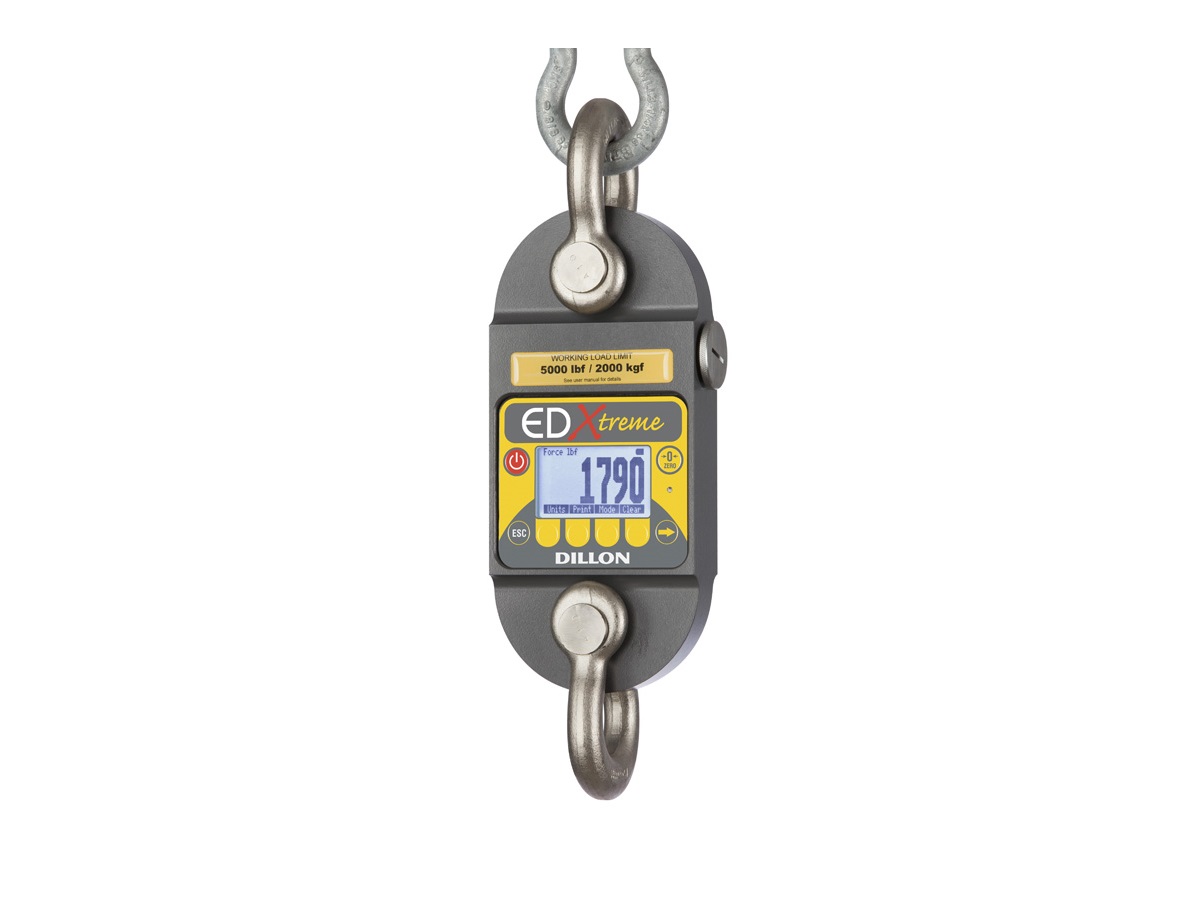
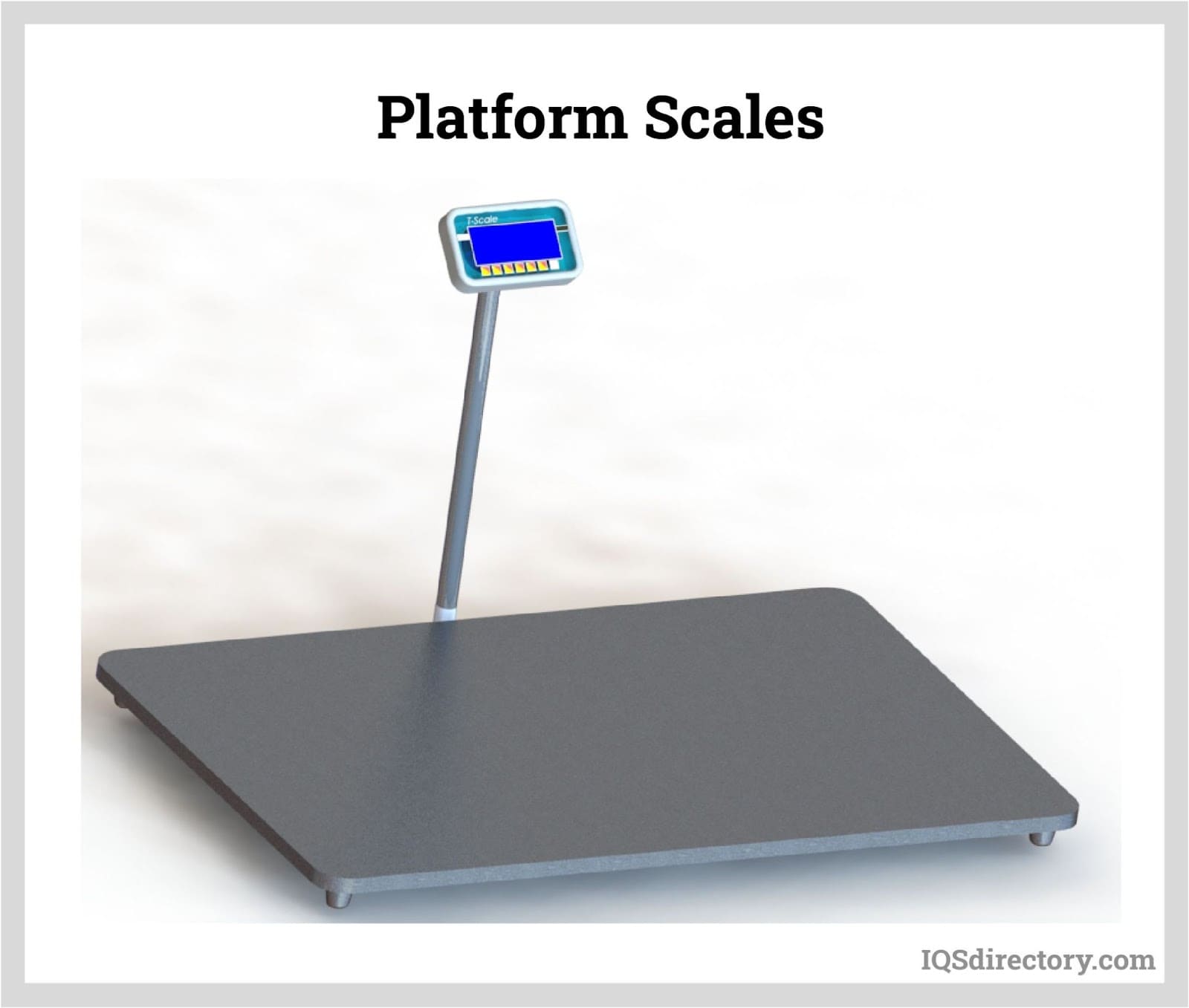
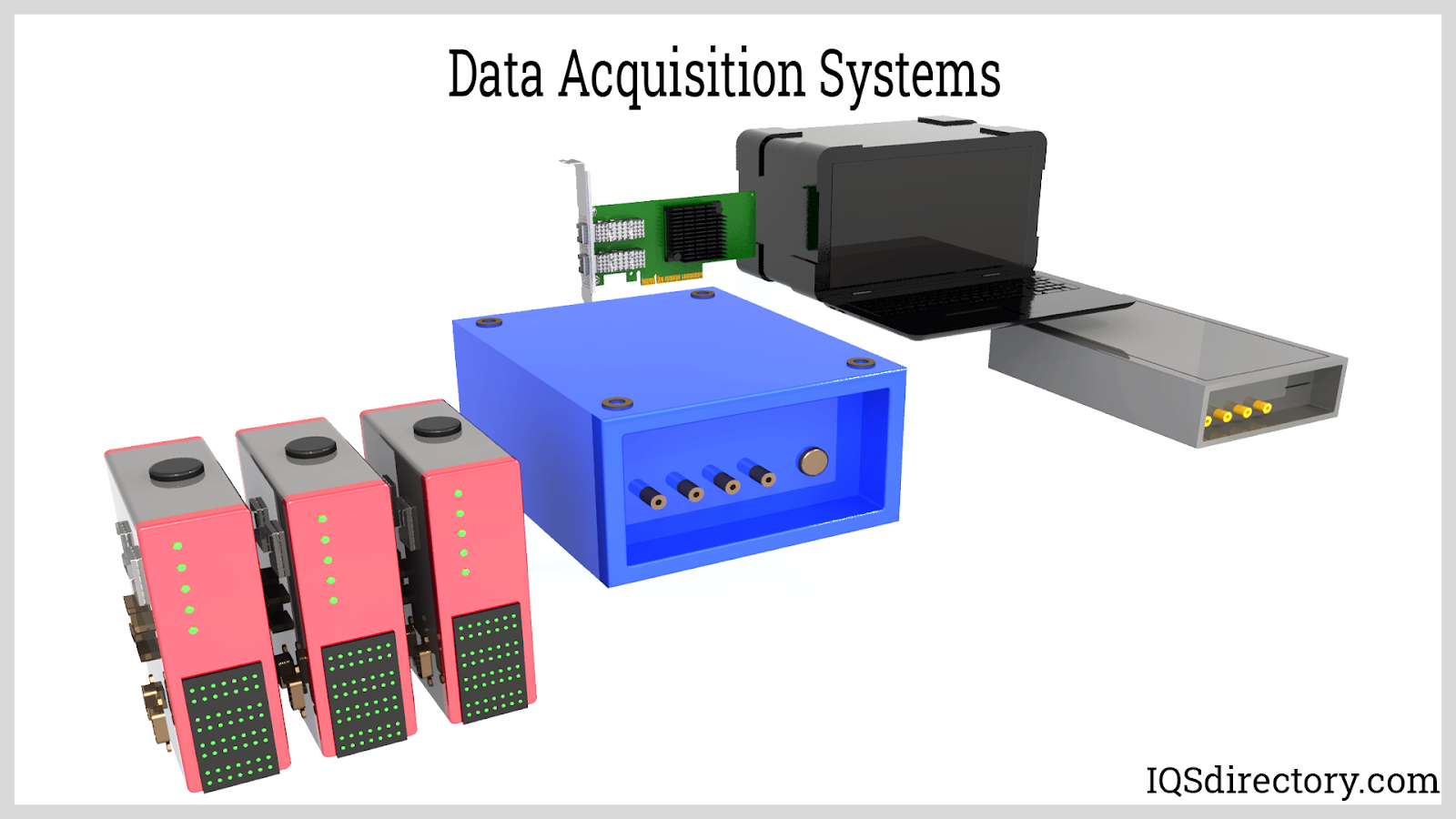
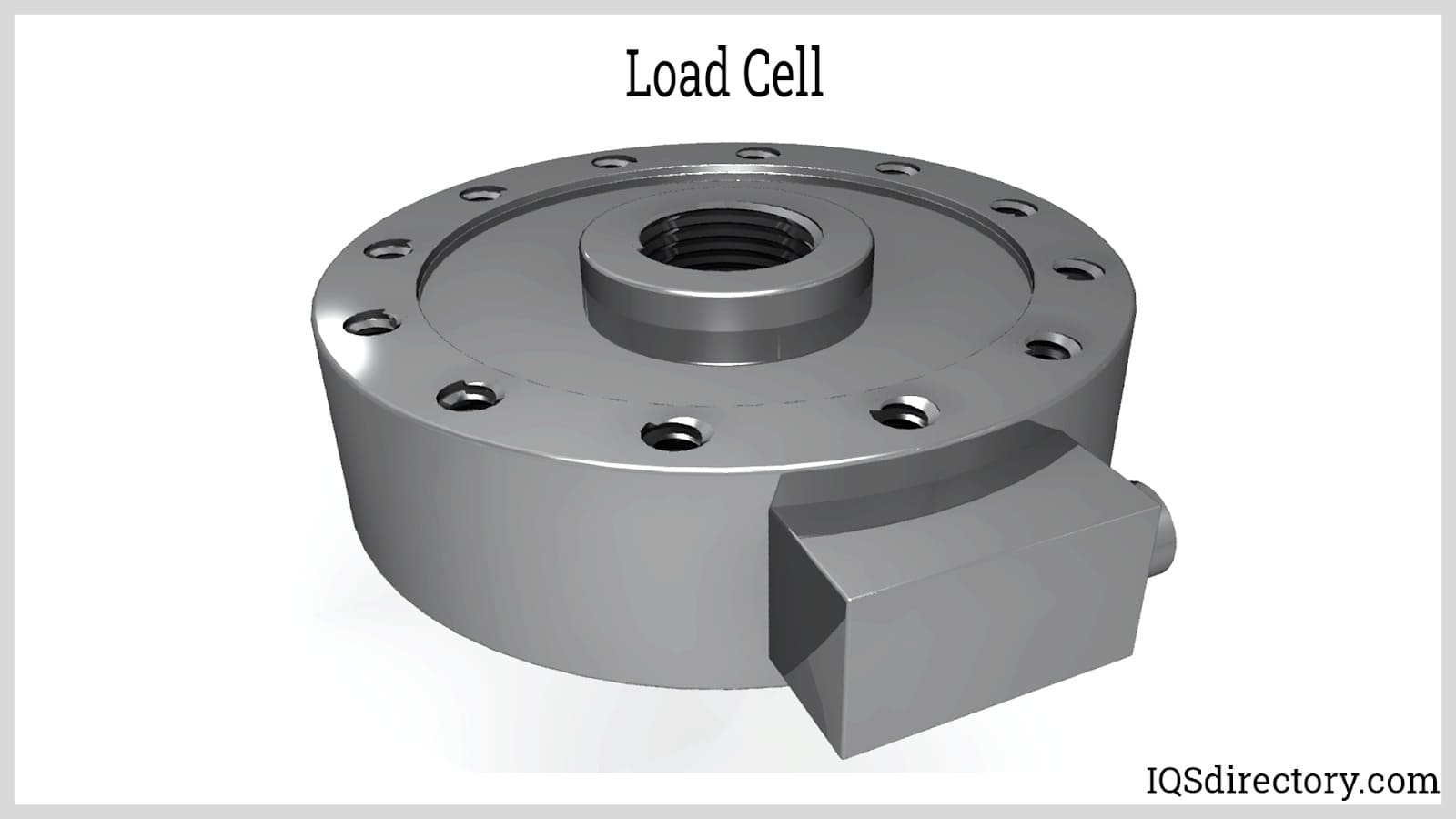
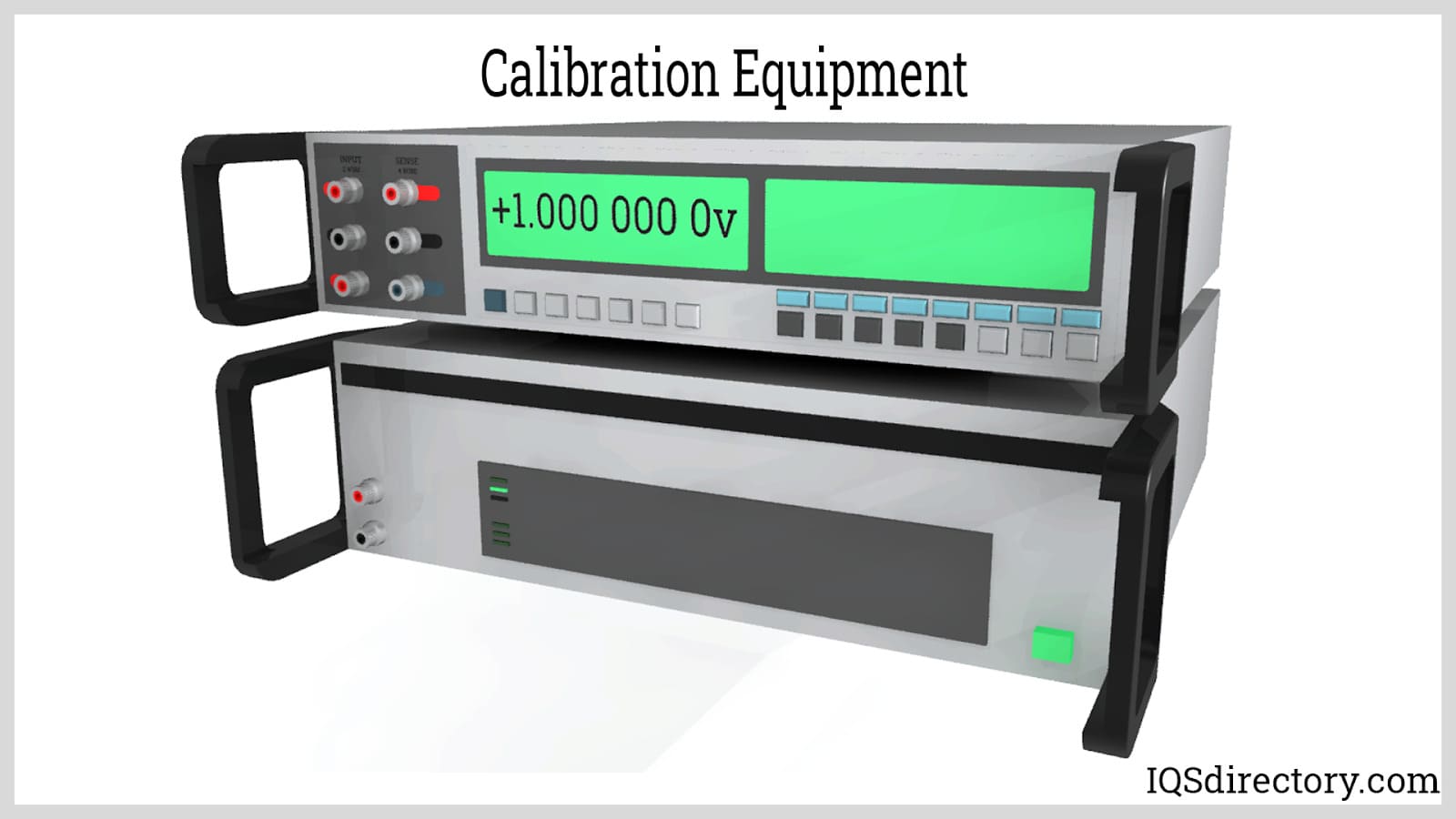
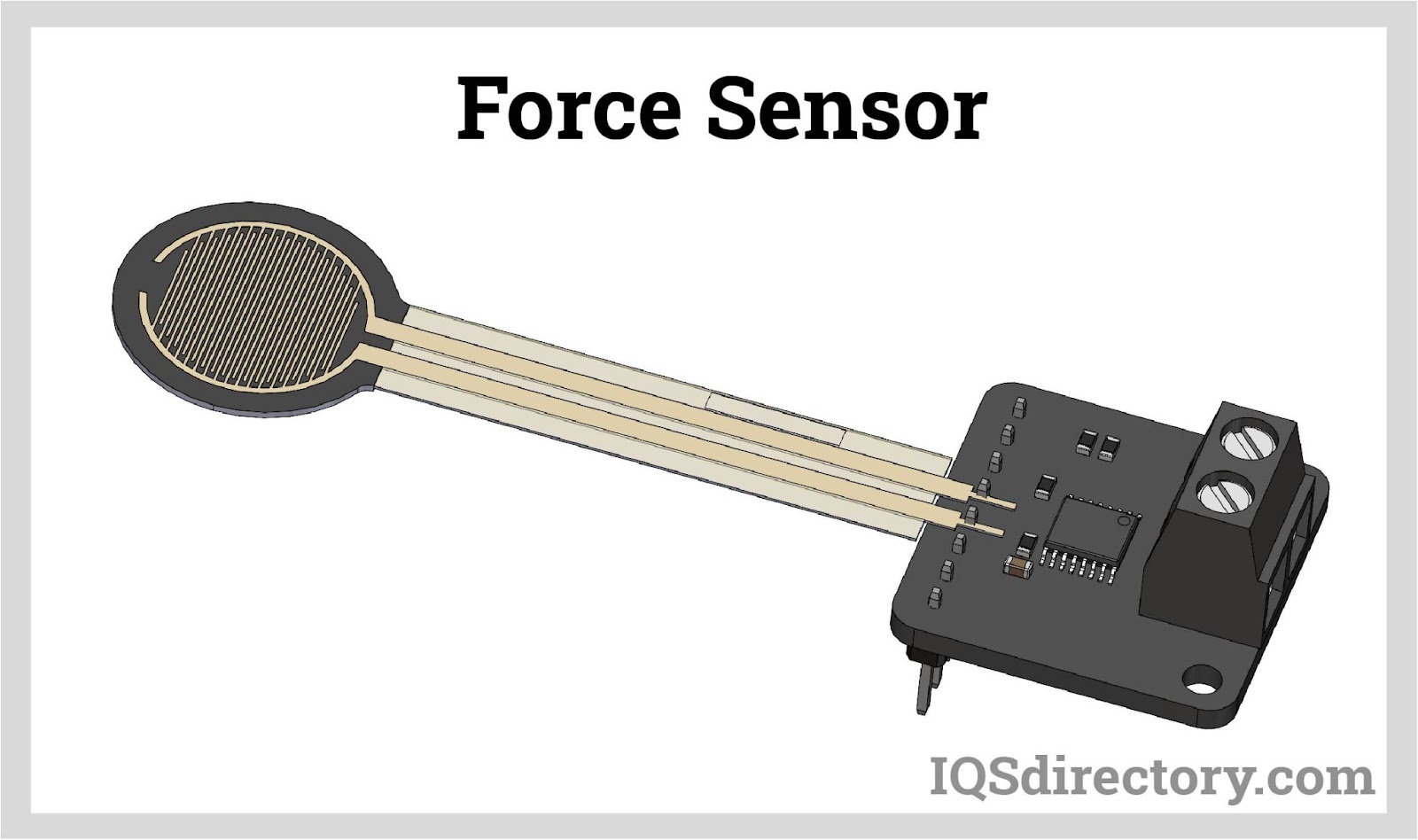
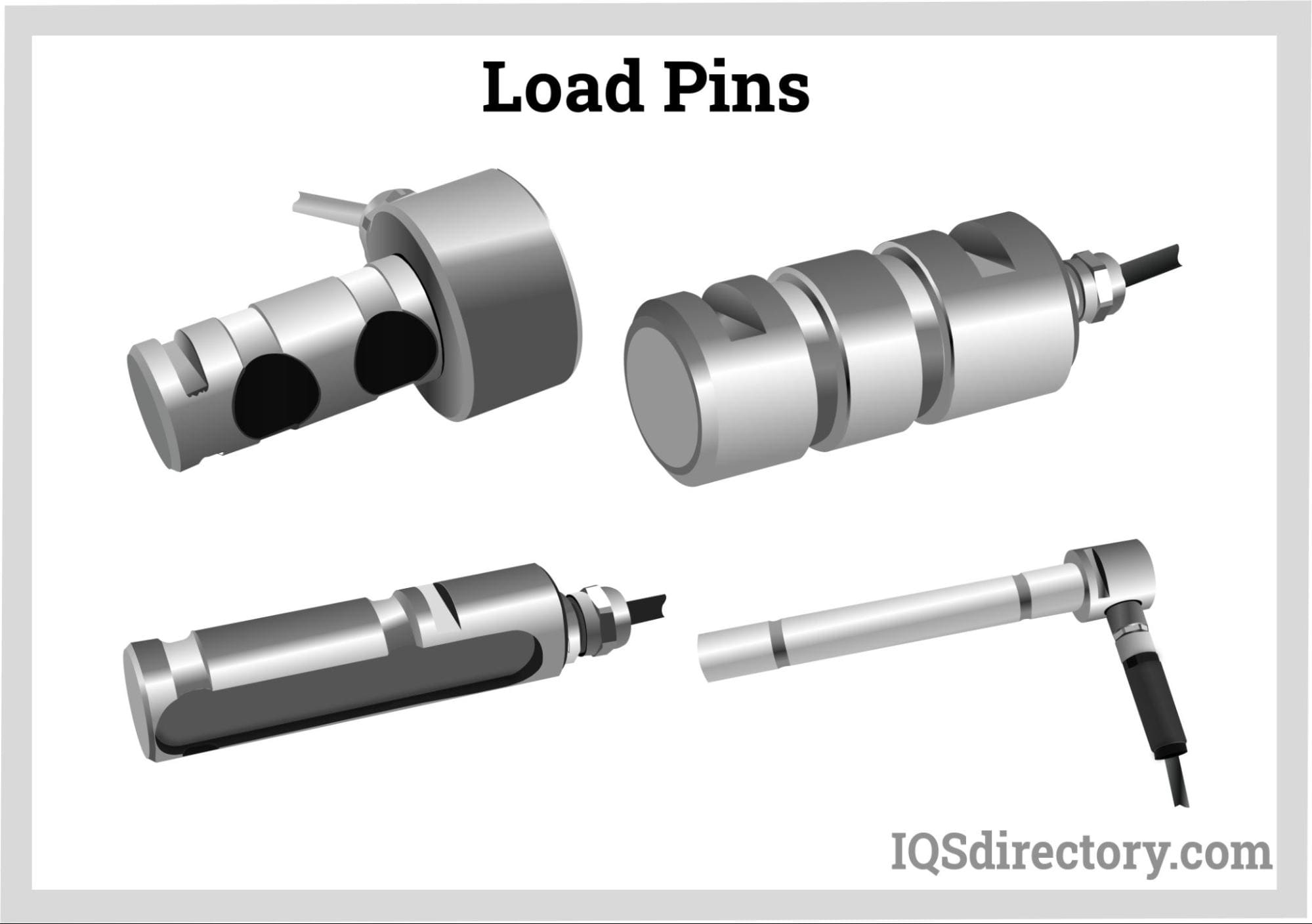
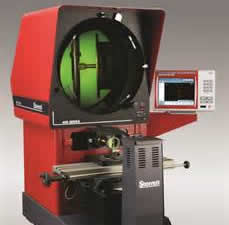 Calibration Services
Calibration Services Clean Rooms
Clean Rooms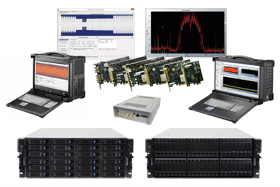 Data Acquisition Systems
Data Acquisition Systems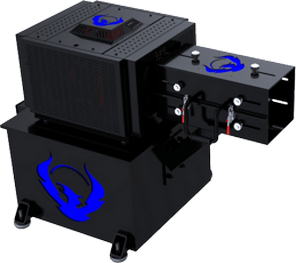 Dynamometers
Dynamometers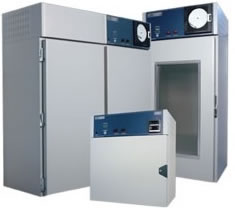 Environmental Test Chamber
Environmental Test Chamber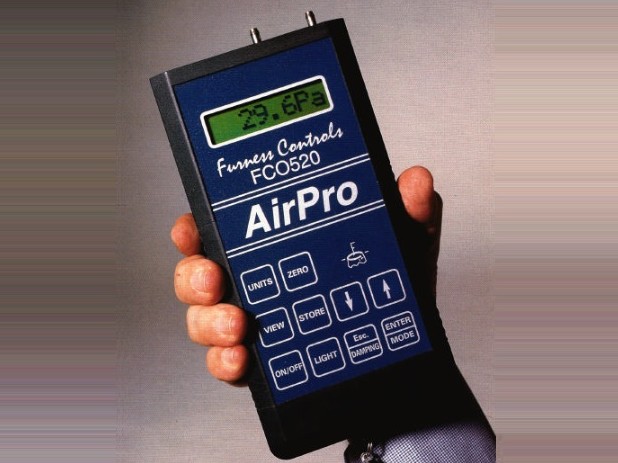 Leak Detectors
Leak Detectors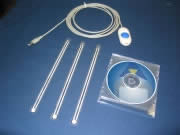 Load Cells
Load Cells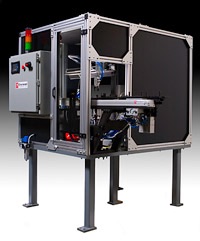 Machine Vision Systems
Machine Vision Systems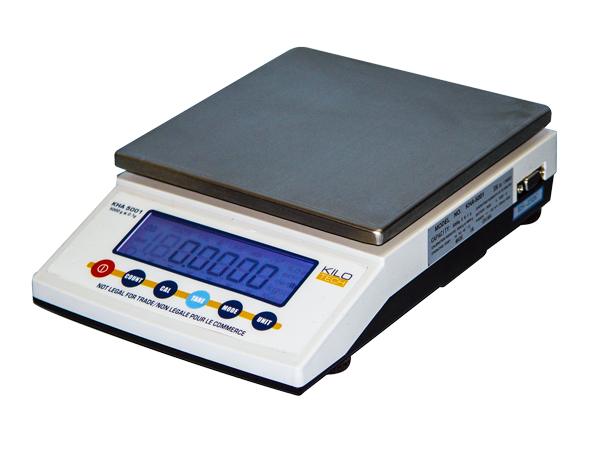 Scales
Scales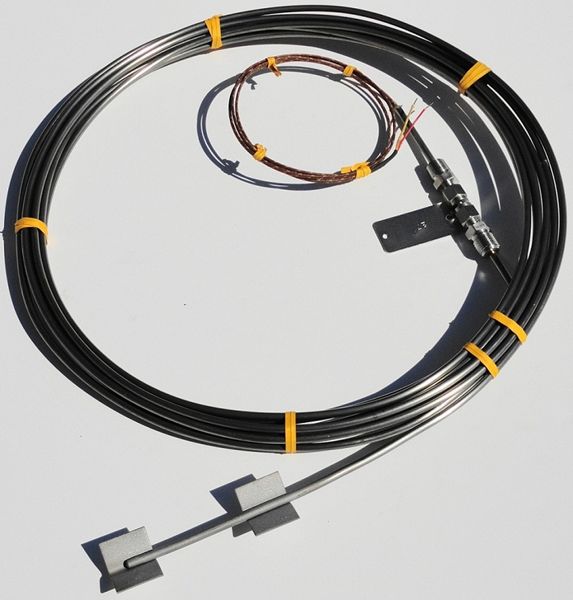 Thermocouples
Thermocouples Castings & Forgings
Castings & Forgings Bulk Material Handling
Bulk Material Handling Electrical & Electronic Components
Electrical & Electronic Components Flow Instrumentation
Flow Instrumentation Hardware
Hardware Material Handling Equipment
Material Handling Equipment Metal Cutting Services
Metal Cutting Services Metal Forming Services
Metal Forming Services Metal Suppliers
Metal Suppliers Motion Control Products
Motion Control Products Plant & Facility Equipment
Plant & Facility Equipment Plant & Facility Supplies
Plant & Facility Supplies Plastic Molding Processes
Plastic Molding Processes Pumps & Valves
Pumps & Valves Recycling Equipment
Recycling Equipment Rubber Products & Services
Rubber Products & Services